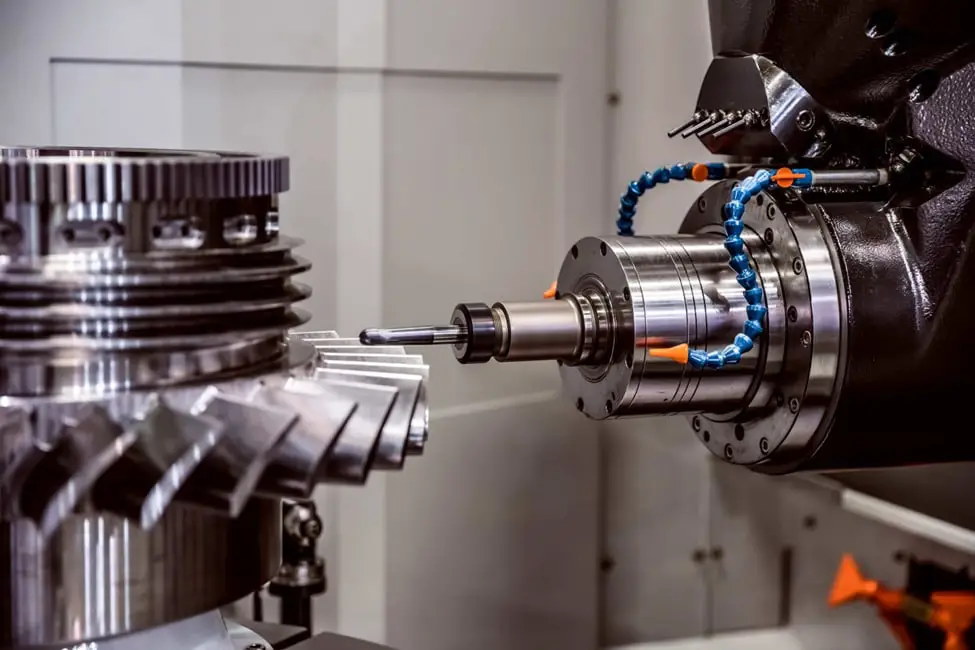Many metal alloys can benefit from heat treatments for CNC to improve critical physical qualities, for example hardness, strength or machinability. These changes occur as a result of changes in the material's microstructure and, in some cases, chemical composition.
Those treatments entail heating metal alloys to typically extremely high temperatures, followed by a controlled cooling stage. The temperature to which the material is heated, the time it is held at that temperature, and the rate at which it is cooled all have a significant impact on the metal alloy's final physical qualities.
In this post, we looked at the heat treatments for CNC parts that are important to the most widely used metal alloys in CNC machining. This article will assist you in selecting the appropriate material for your applications by detailing the impact of these operations on the finished part's qualities.
When Should Heat Treatments Be Used?
Metal alloys can be subjected to heat treatments for CNC at any point during the manufacturing process. Heat treatments are often given to CNC machined items in one of two ways:
Before CNC machining, the CNC service provider will machine the parts directly from stock material if a standardized grade of a metal alloy is needed. When it comes to minimizing lead times, this is frequently the best solution.
Following CNC machining, several heat treatments for CNC parts are used to increase the material's hardness or as a finishing step following forming. Because high hardness lowers a material's machinability, heat treatment is applied after CNC machining in these circumstances. For example, this is standard practice when CNC machining tool steel parts.
Challenges of Heat Treating CNC Machined Parts
Because heat treatments for CNC parts can be a difficult and time-consuming procedure, many machine shops will not quote work that requires it. When employing typical methods, it's simple to make mistakes and end up over- or under-heating a part.
A part that has been under heated may not be strong enough. Overheating a part, on the other hand, might make it brittle.
The Importance of Heat Treatment for CNC Machined Parts
Heat treatments for CNC machined parts are critical since it is the only procedure that can change the mechanical properties of the machine. By boosting operating speed and performance, the heating process increases the value of the elements.
Heat can be applied to all machined parts made of steel, alloy steel, steel, aluminum, and brass before and after CNC machining. Different manufacturing organizations generate extremely complicated machined parts for other industries in order to improve their functional performance and revenue in today's world.
Heat treatment is a useful method for obtaining desirable mechanical structures in machined parts as well as increasing the hardness, power, and physical shape of machined parts as needed.
Conclusion
Heat treatments for CNC machining parts are critical for achieving a desired mechanical and physical model of machined objects. It aids in the strengthening and malleability of the metal. It also helps to improve the alloy's brittleness, magnetic properties, and electrical properties.
In a CNC machining order, you can specify a heat treatment by referencing a specific material, specifying a hardness criterion, or describing a treatment cycle.







